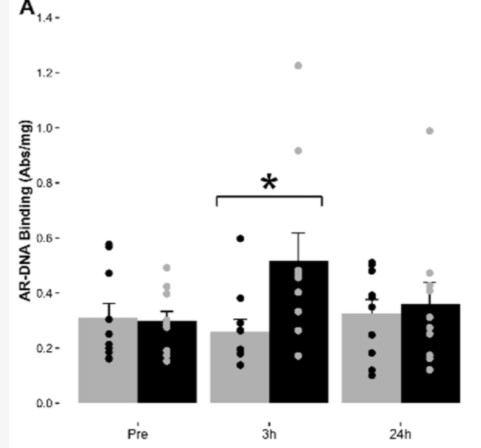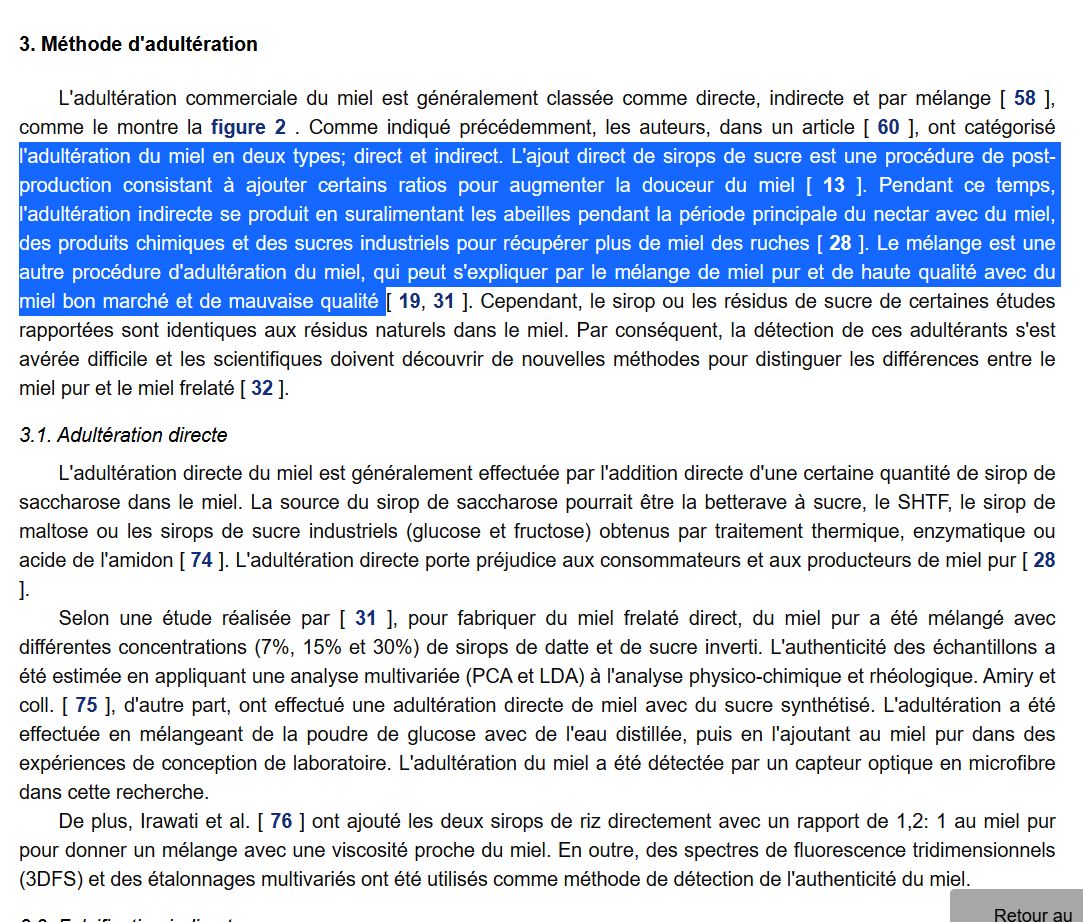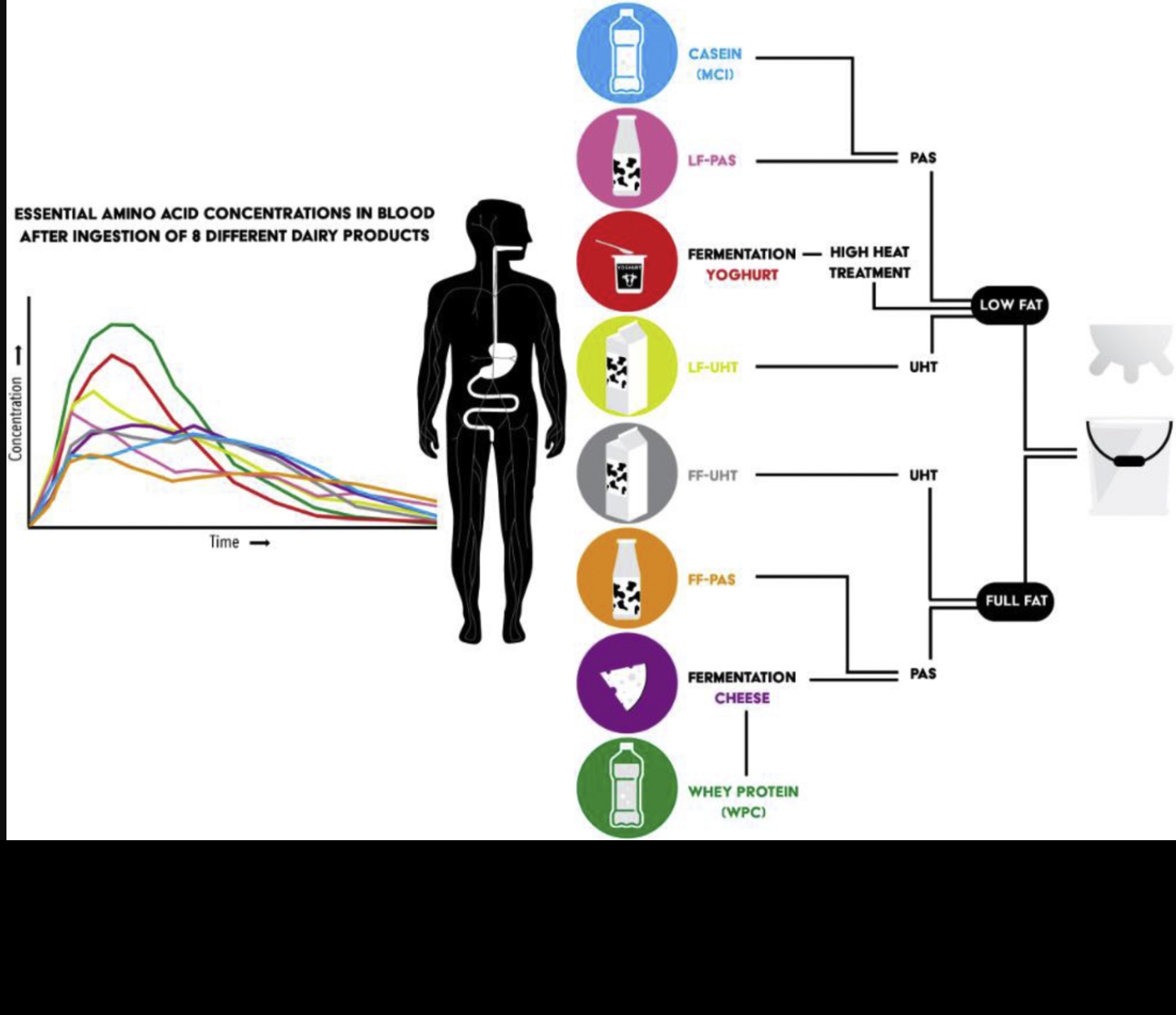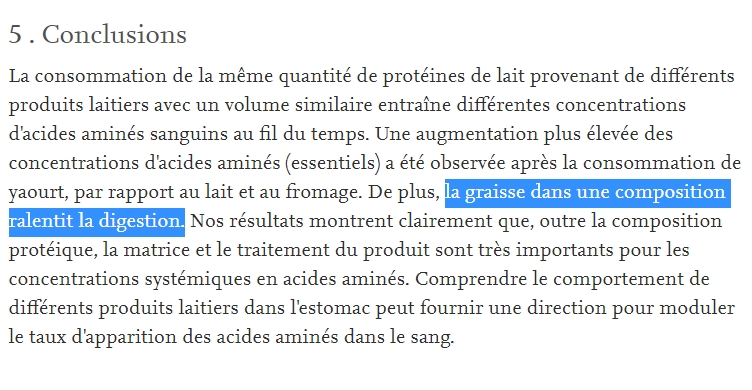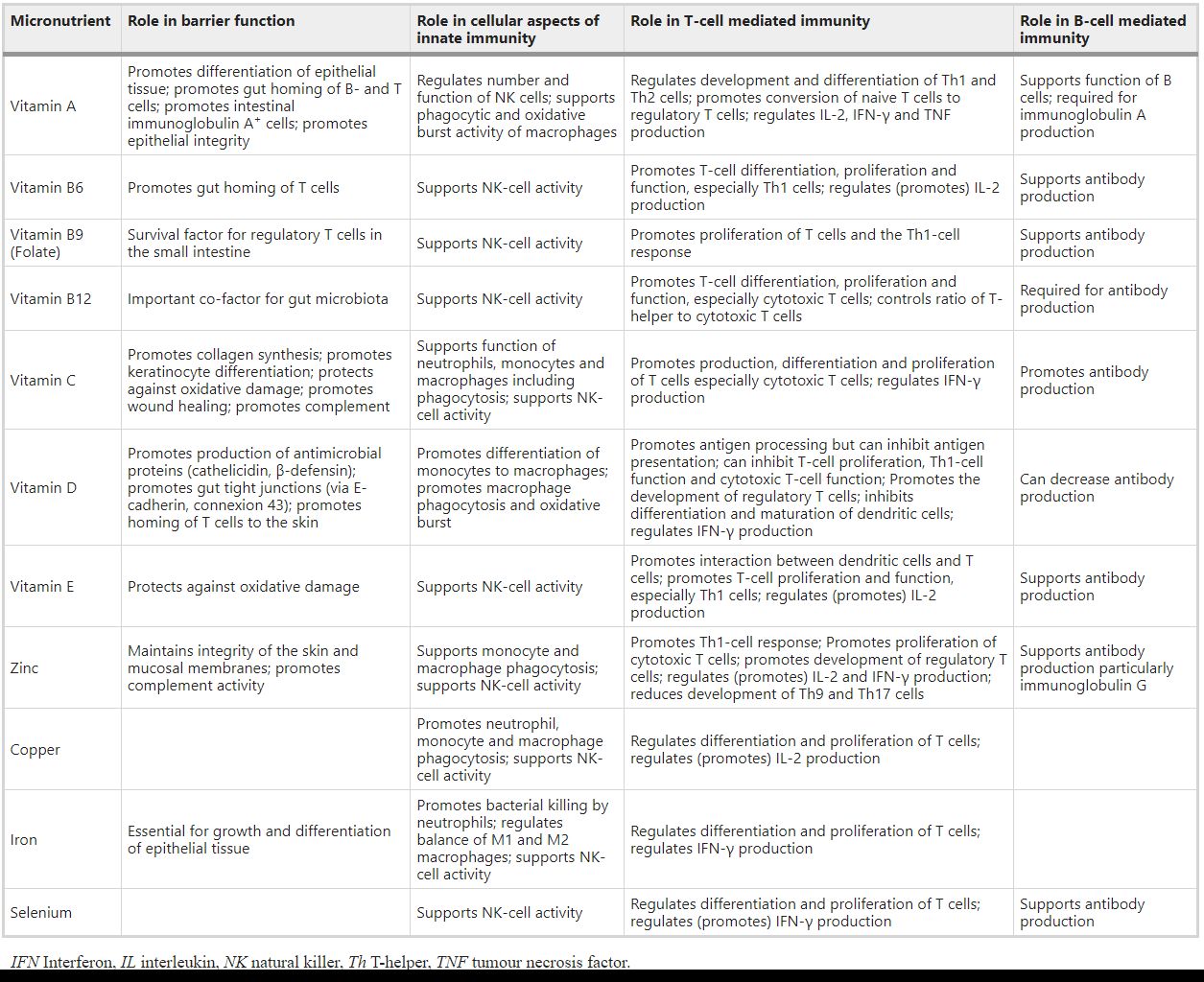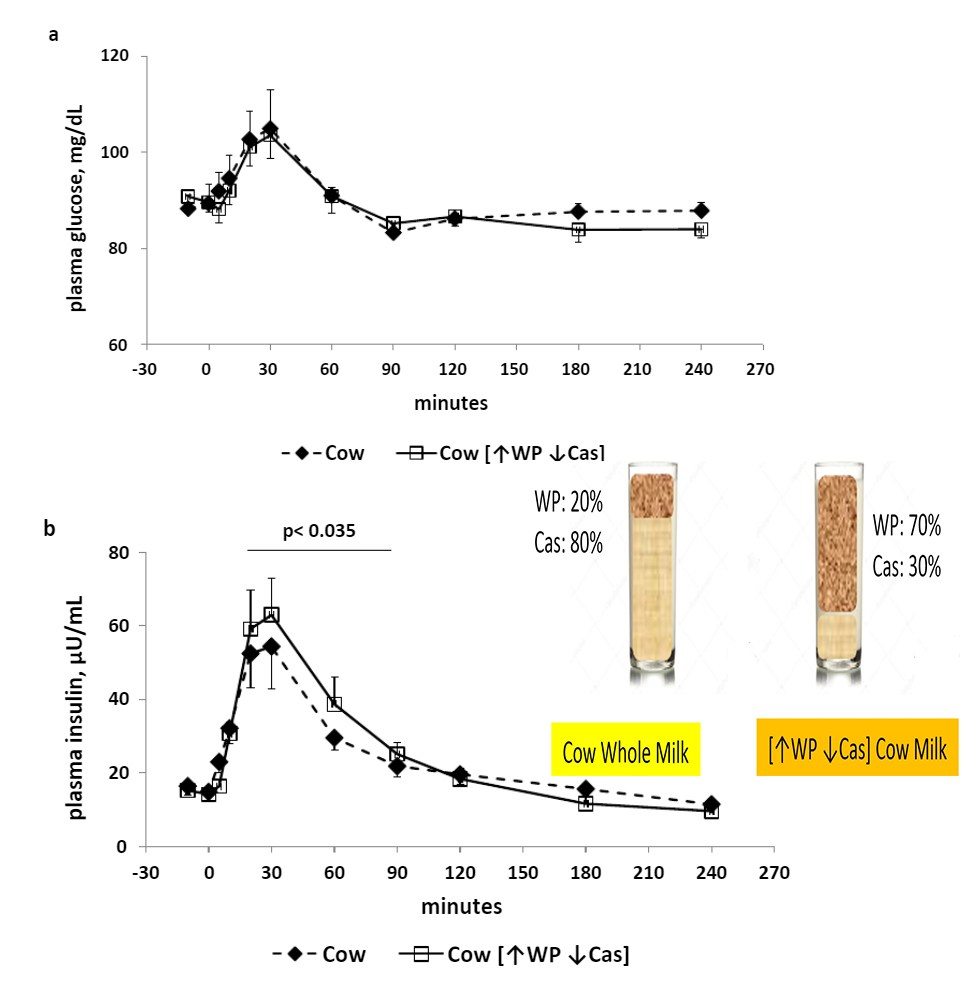Postprandial blood amino acid concentrations in older adults after consumption of dairy products: The role of the dairy matrix
International Dairy Journal Volume 113, February 2021, Astrid M.H.Horstman
This study investigated postprandial aminoacidemia after consumption of different dairy products using a single-blinded cross-over design wherein 10 participants (66.7 ± 4.3 y) received low-fat UHT-treated milk (LF–UHT), low-fat pasteurised milk (LF–PAS), full-fat UHT-treated milk (FF–UHT), full-fat pasteurised milk (FF–PAS), low-fat yoghurt, full-fat cheese, whey protein concentrate (WPC), and micellar casein isolate (MCI). Blood samples were collected postabsorptive and (up to 5 h) postprandial and maximal amino acid concentration (Cmax), timepoint corresponding to Cmax (Tmax) and incremental area under the curve (iAUC) were determined. The highest increase in blood essential amino acid (EAA) levels occurred after WPC and yoghurt consumption, whereas MCI and cheese consumption resulted in extended EAA response curves.
Fat delayed the postprandial EAA blood response (FF–UHT versus LF–UHT and FF–PAS versus LF–UHT), whereas no effect of heating milk was found (P > 0.05). The findings highlight that the product matrix could be as important as protein composition in postprandial aminoacidemia.




